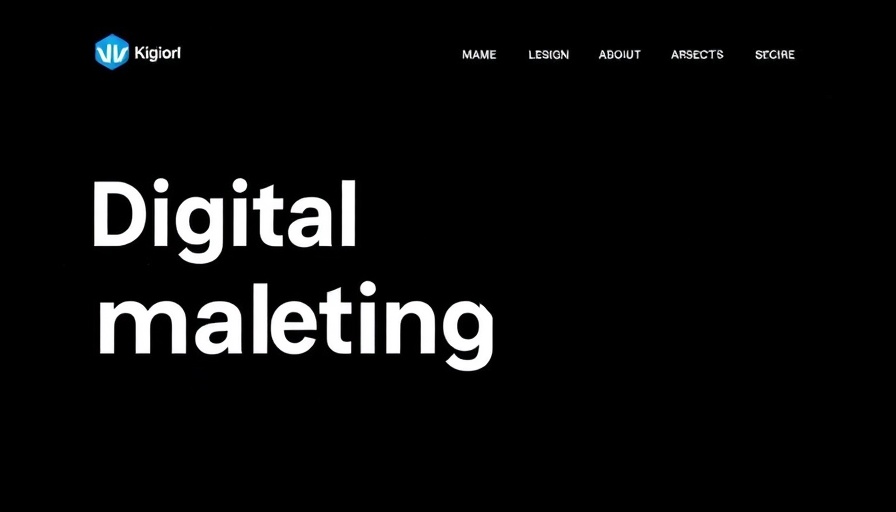
Unlocking Email Marketing Success: Strategies to Engage and Convert
Email marketing remains one of the most effective tools in a marketer's arsenal, with billions of users actively engaging with brands through their inboxes. Yet, in a saturated market where customers receive countless emails daily, standing out is crucial. This guide synthesizes proven strategies from the latest in email marketing research and trends to help you design campaigns that not only reach but resonate with your target audience.
Why You Need a Strong Email Marketing Strategy
With approximately 4.59 billion email users worldwide, having a robust email marketing strategy should be at the forefront of your marketing efforts. It’s important to differentiate between strategy and tactics—where strategy sets your goals and long-term vision, tactics outline the steps necessary to achieve those goals. An effective strategy helps streamline your approach, ensuring every email campaign supports your overarching business aim.
Set Your Goals: Precision is Key
Before diving into your campaign, outline specific, measurable goals. Whether it’s increasing open rates or boosting sales by 20%, knowing what success looks like for your email marketing is essential. Try outlining your objectives clearly, so you can fine-tune strategies and measurably track your progress. Utilize tools that can automate tracking so you can adjust your tactics as needed.
Personalization: A Must for Engagement
Statistics show that emails featuring personalized subject lines generate 50% higher open rates. Personalization has evolved from inserting a name into the salutation; now, it involves crafting messages based on user behavior and preferences. Use segmentation wisely: target campaigns based on demographics, past purchases, or engagement history to better reflect the specific interests of each recipient.
Optimize for All Devices: Mobile Matters
Over 50% of emails are opened on mobile devices, making mobile optimization non-negotiable. Ensure your emails are user-friendly on all platforms. This includes using a clear, concise layout, readable font sizes, and buttons that are easy to tap. Tools for optimizing and testing emails on mobile devices can save time and resources while ensuring customer satisfaction.
Engagement through Interactive Content
Consumers are craving more interactive experiences. Adding polls, quizzes, or dynamic content to your emails can significantly boost engagement rates. In fact, interactive content can enhance click-through rates by over 200%. Consider using interactive elements to spark interest—whether it’s a quiz to recommend products or a survey to gain insights on customer satisfaction.
A/B Testing: Continuous Improvement is Vital
A/B testing should be an integral part of your email marketing strategy. By experimenting with different subject lines, content layouts, and call-to-actions, you gain insights into what resonates with your audience. For example, testing two different subject lines for a promotional email can show which one drives higher open rates, allowing for data-driven decisions going forward.
Maintain List Hygiene: Clean Lists Drive Better Results
Maintaining a clean email list is crucial for improving deliverability rates and engagement. Remove inactive subscribers regularly and use automated segmentation to ensure targeted content reaches the right people. The impact of a clean list can't be understated — it minimizes bounce rates and increases your sender reputation, leading to improved overall performance.
Leverage Automation for Efficiency and Personalization
Marketing automation tools allow you to streamline your campaigns while maintaining a personal touch. Set up triggered emails to engage customers based on their behaviors, such as cart abandonment or previous purchases. Automating these processes not only saves time but ensures timely communication, keeping your brand top-of-mind.
Conclusion: Take Your Email Marketing to the Next Level
Email marketing offers incredible opportunities for businesses willing to adapt and innovate. By following these strategies—including setting measurable goals, personalizing communications, optimizing for mobile, utilizing interactive content, and maintaining a clean email list—you can elevate your email campaigns significantly. Remember, the key to successful email marketing lies in understanding your audience and continuously refining your strategies based on data and feedback.
Take this refined knowledge and start crafting emails that engage and convert!
 Add Row
Add Row  Add
Add 




Write A Comment